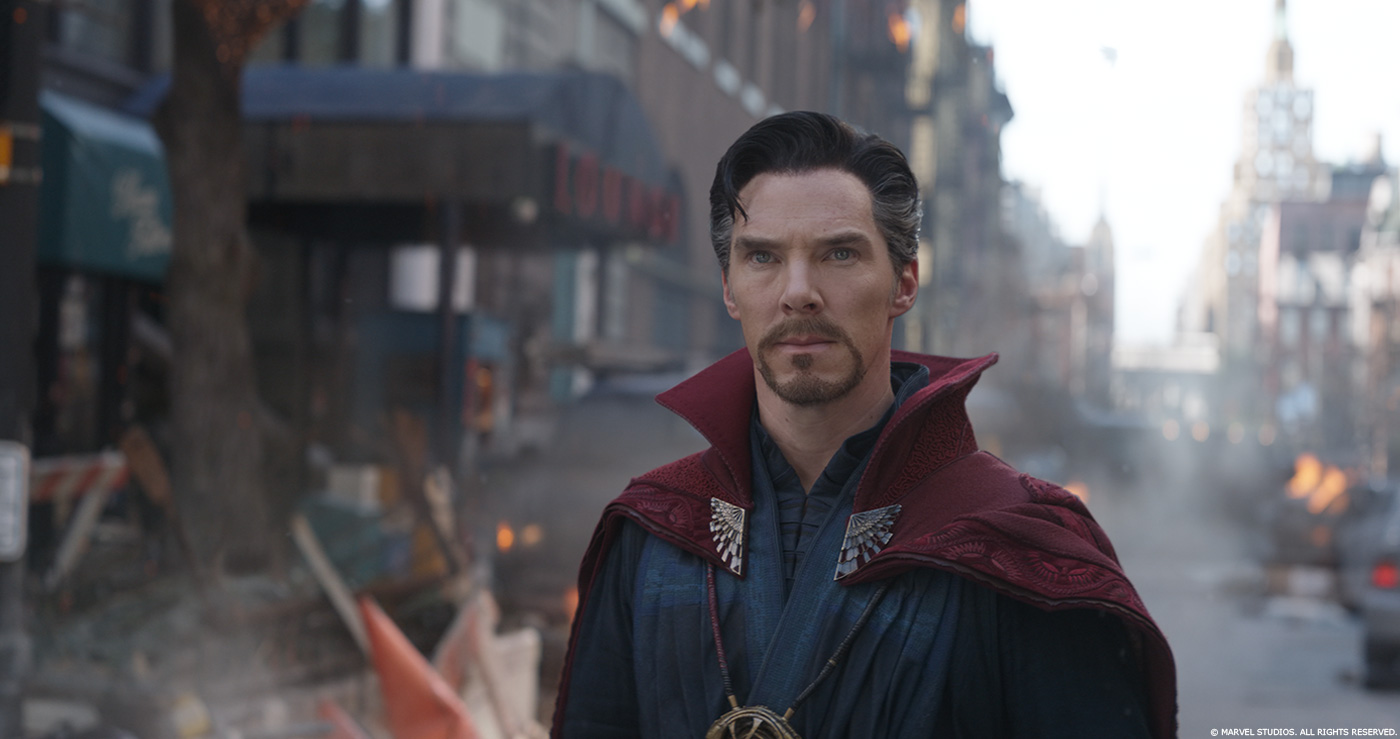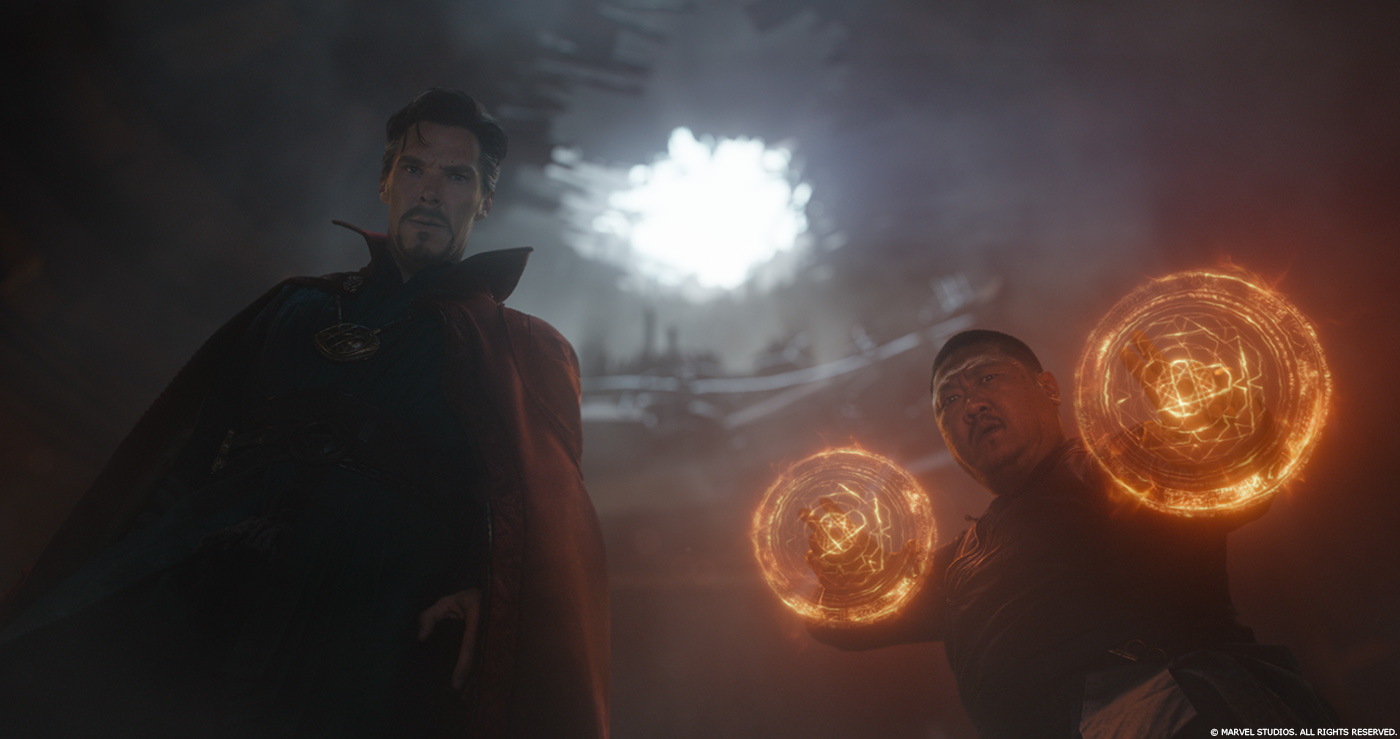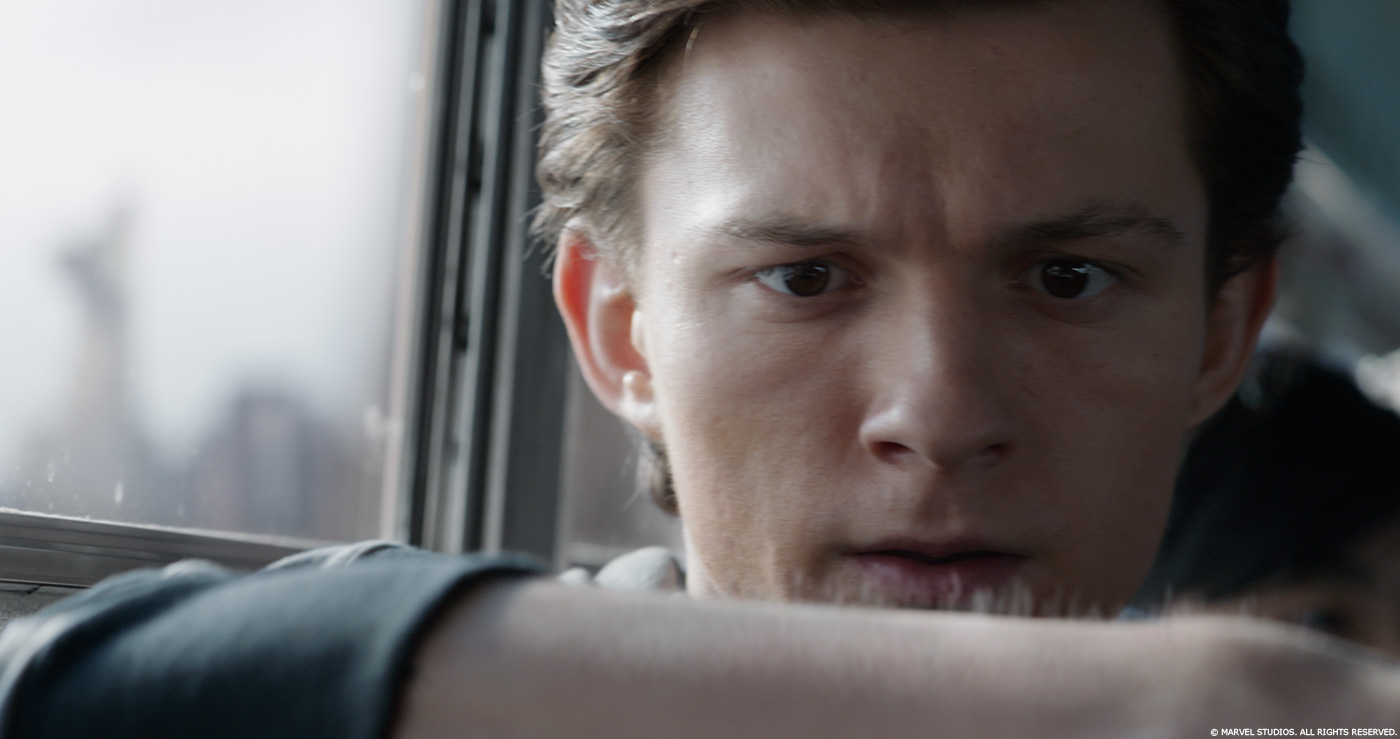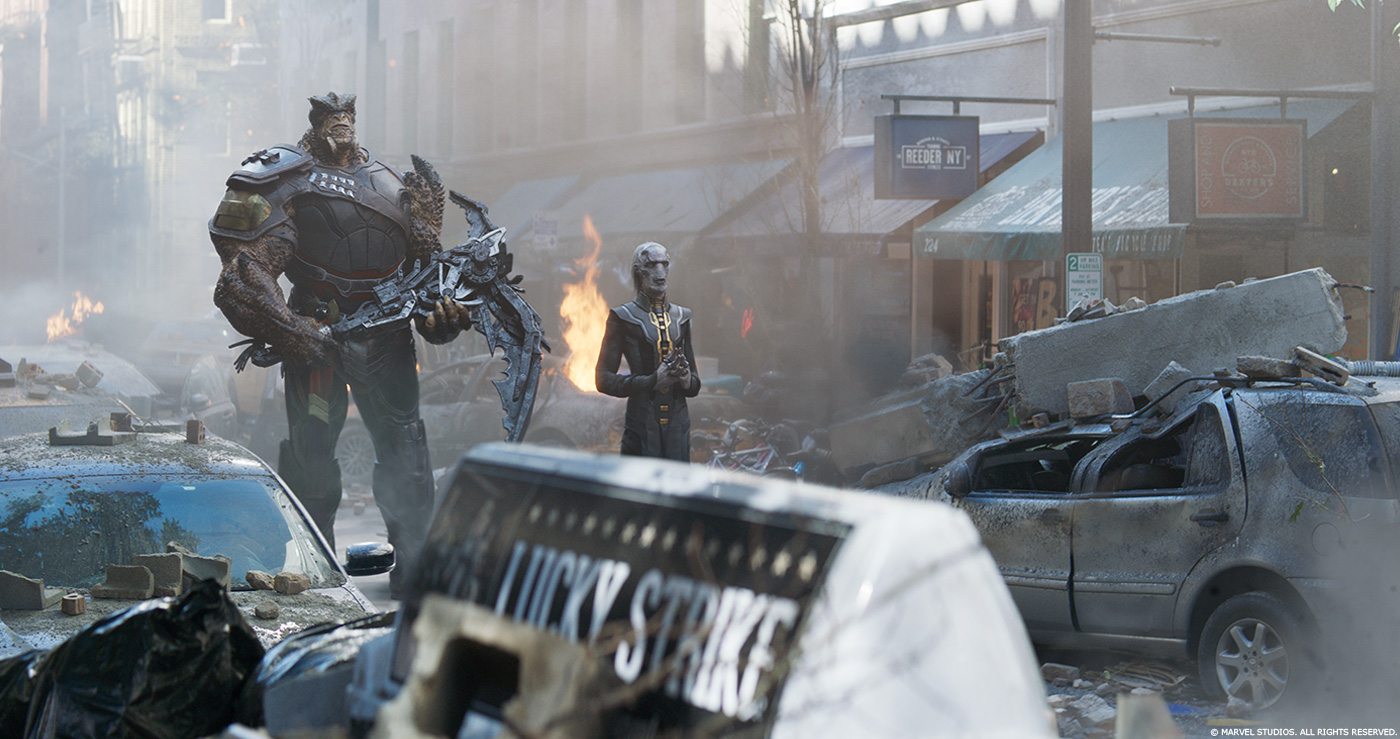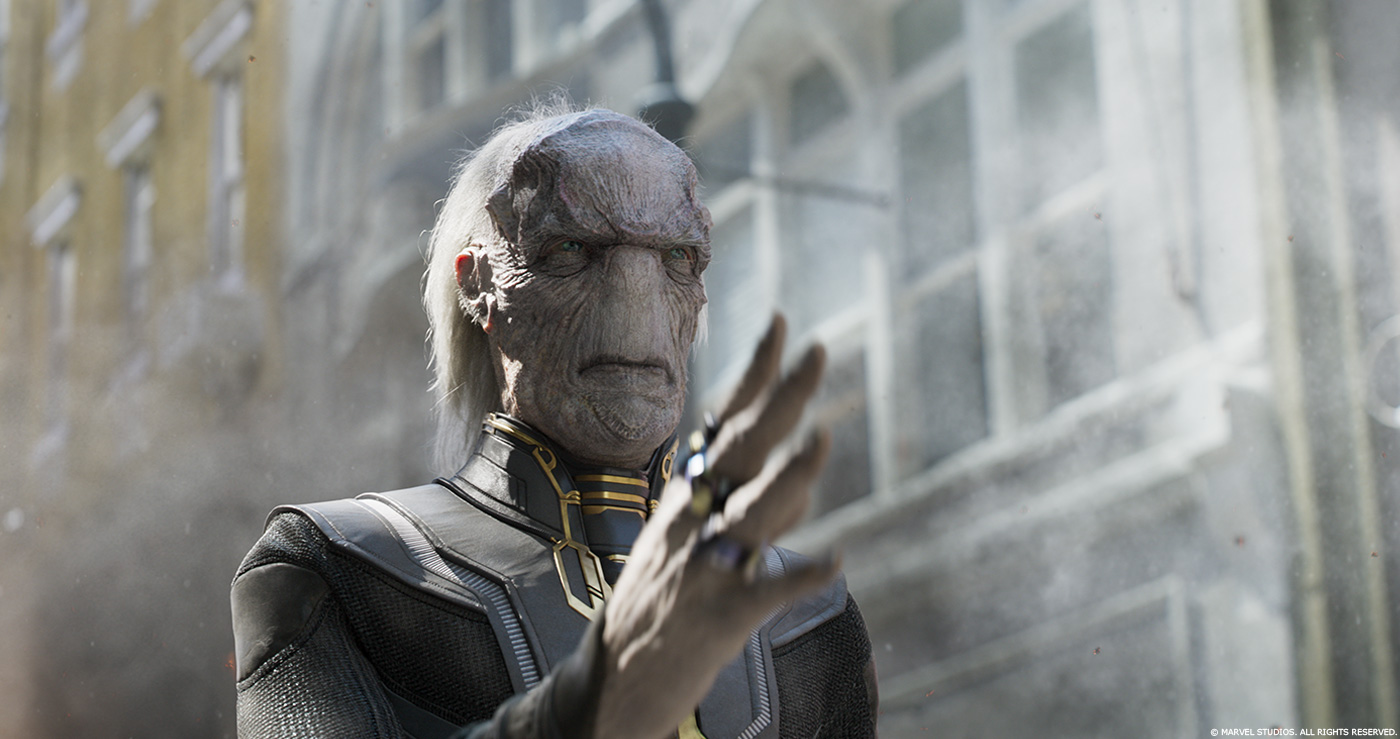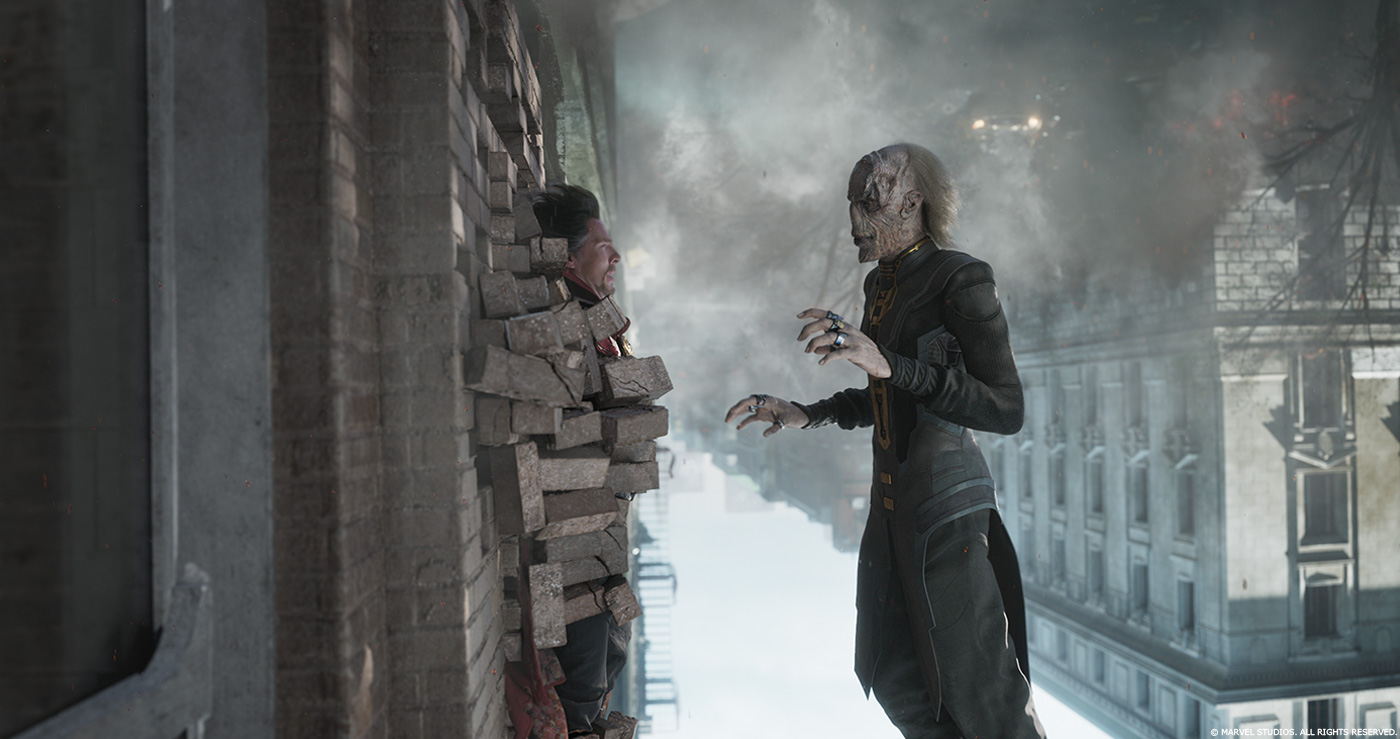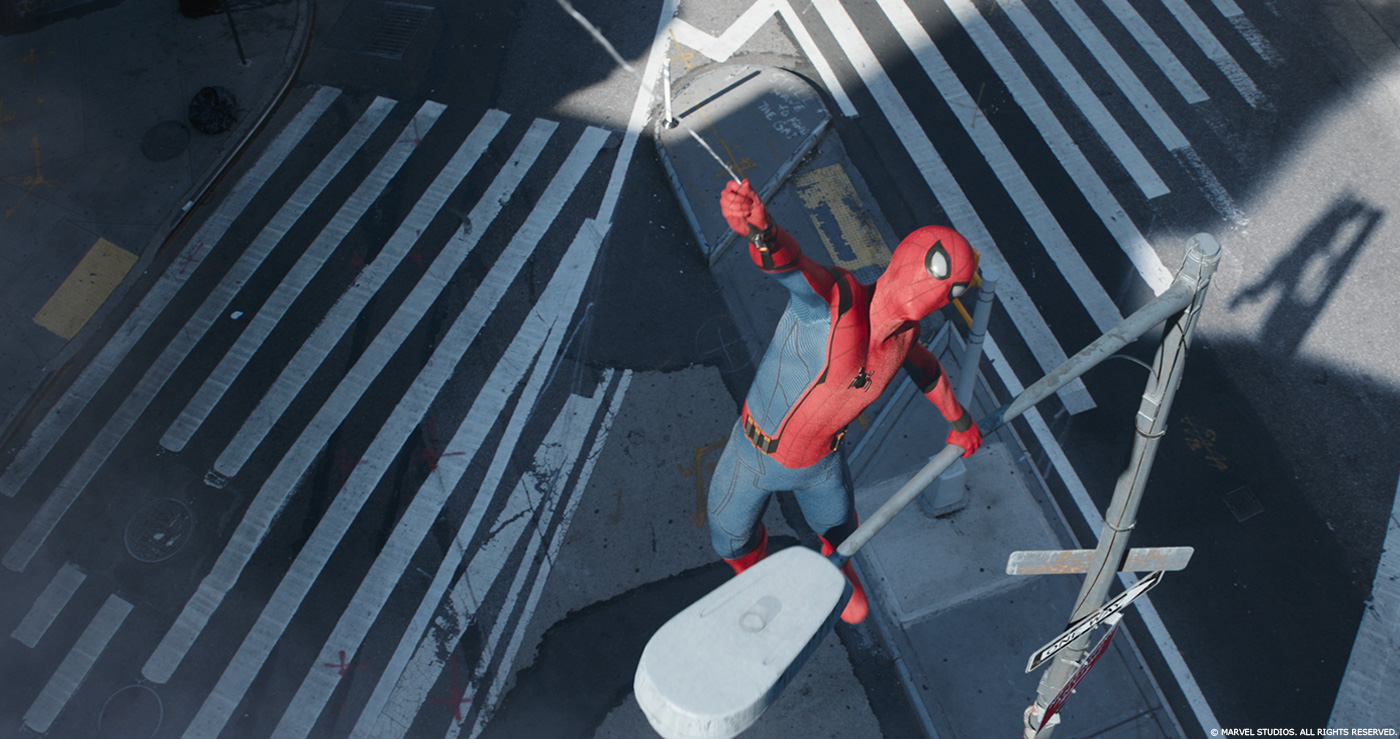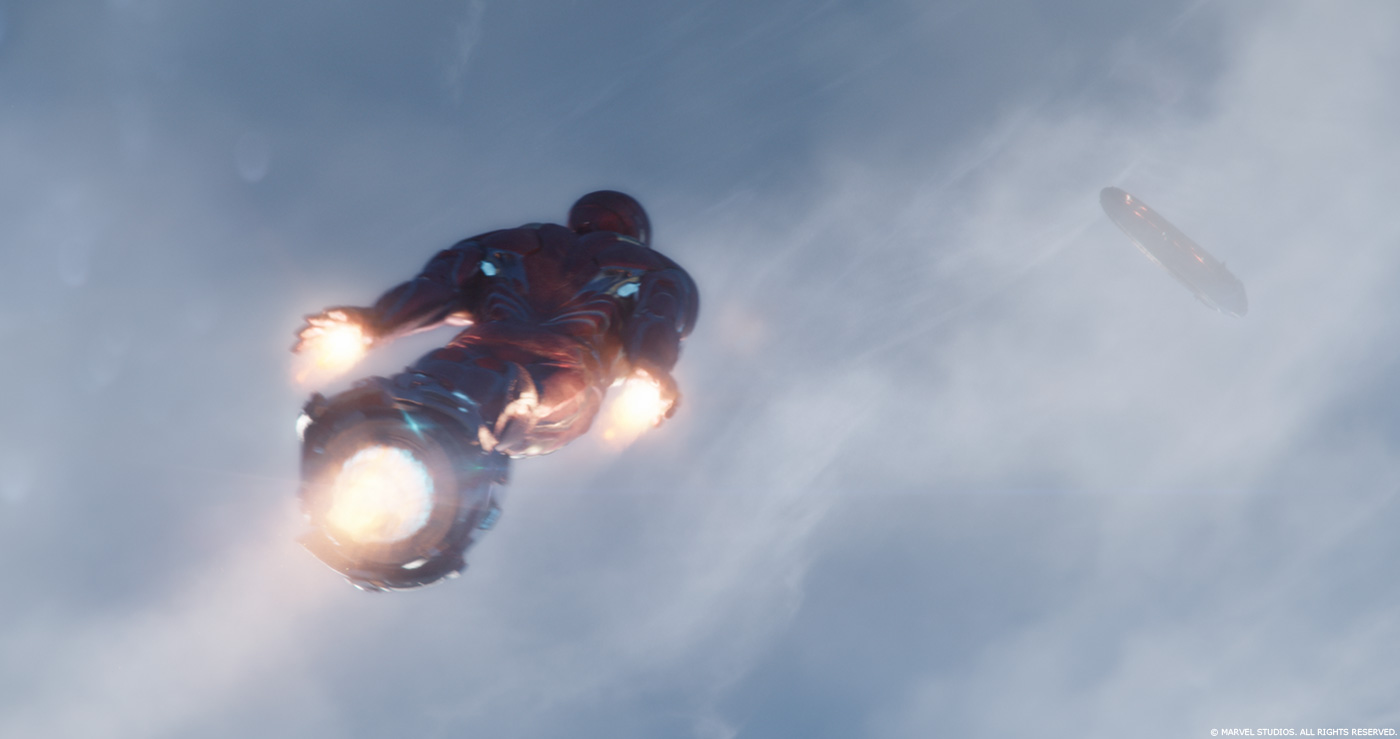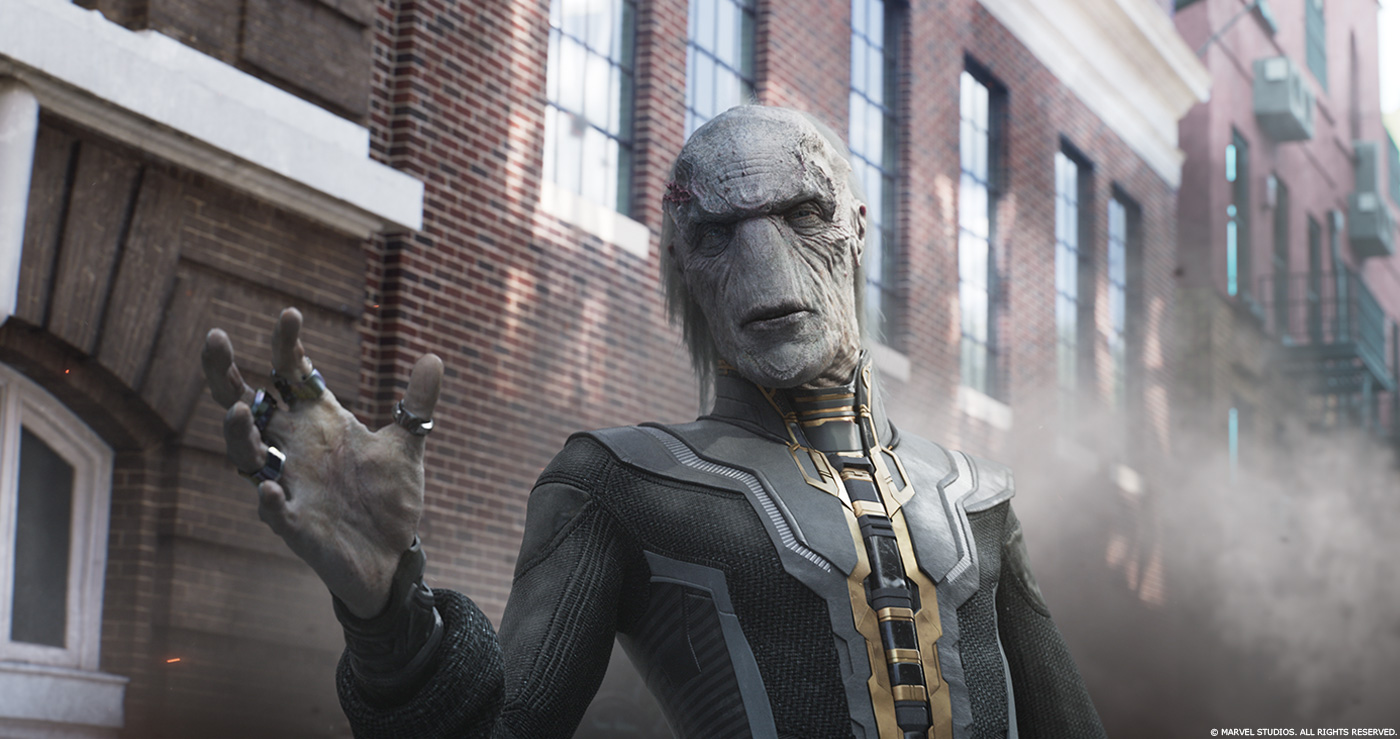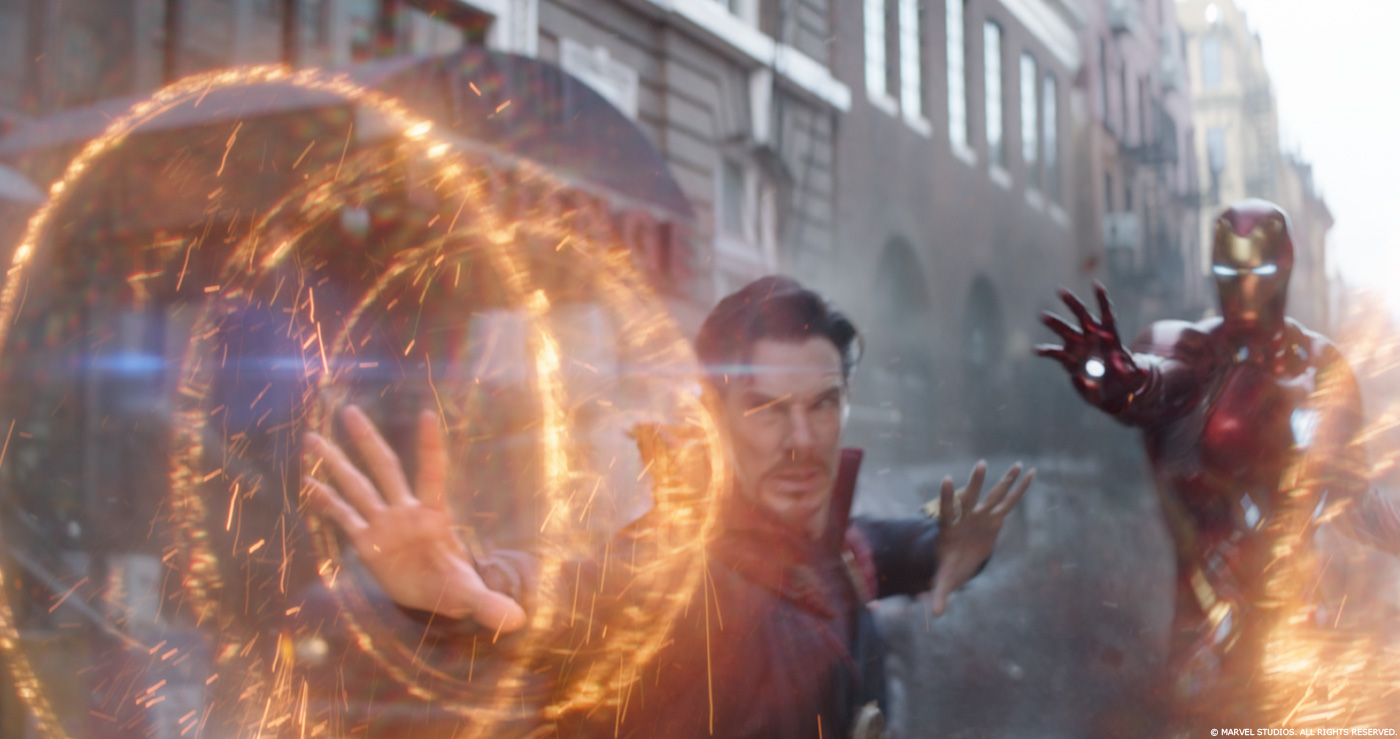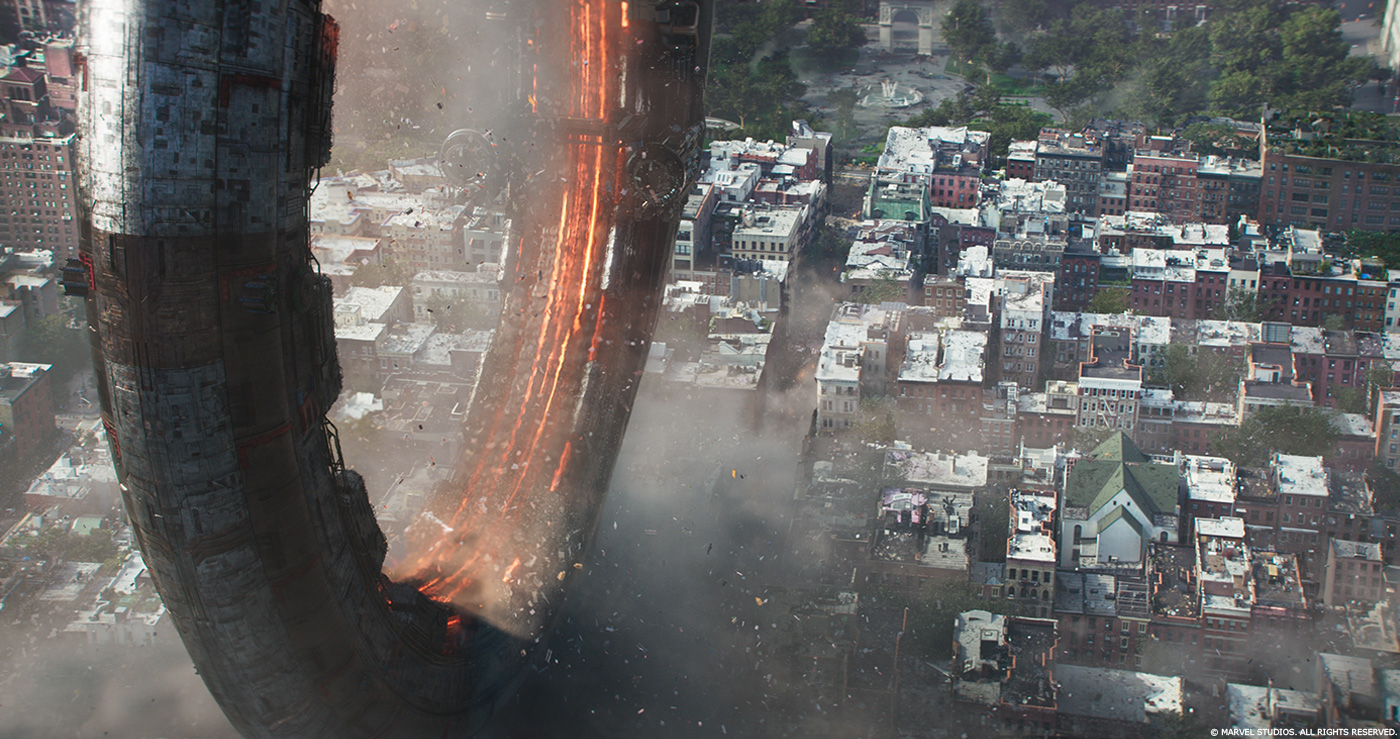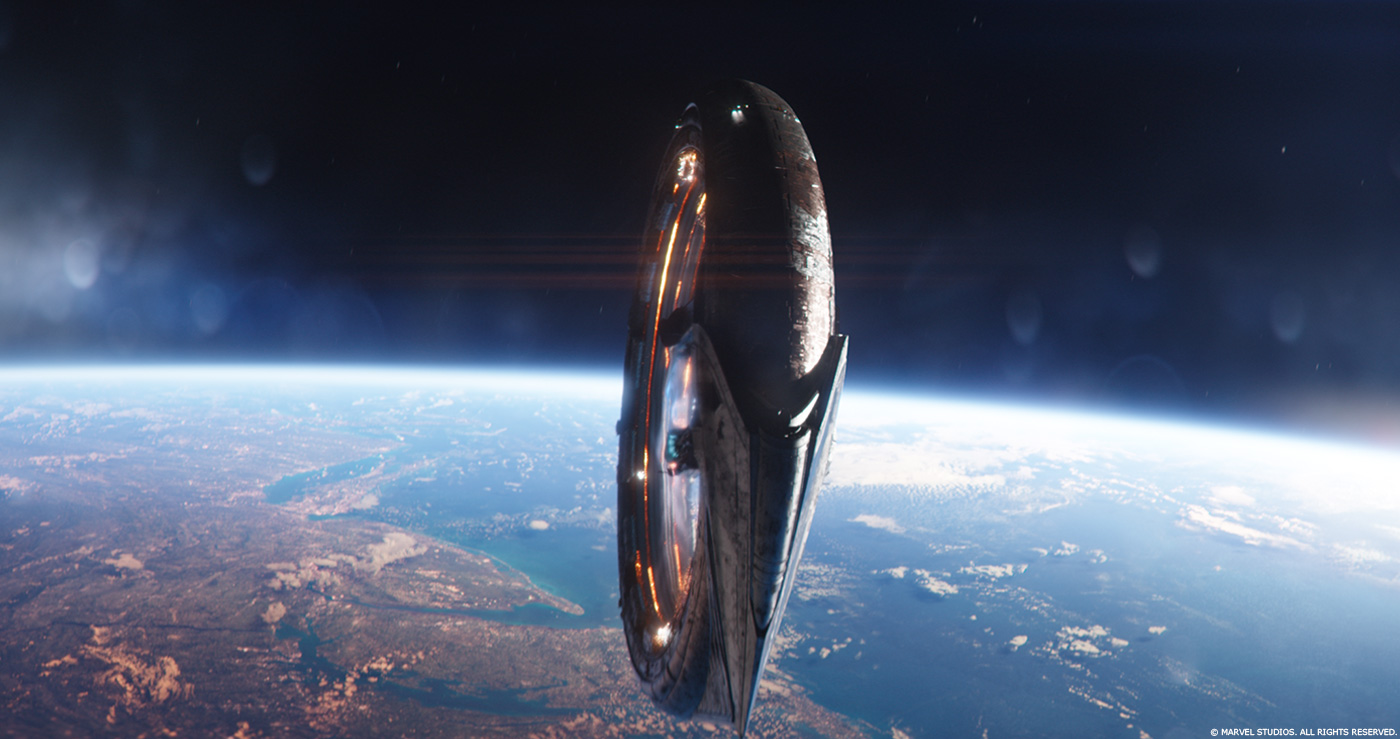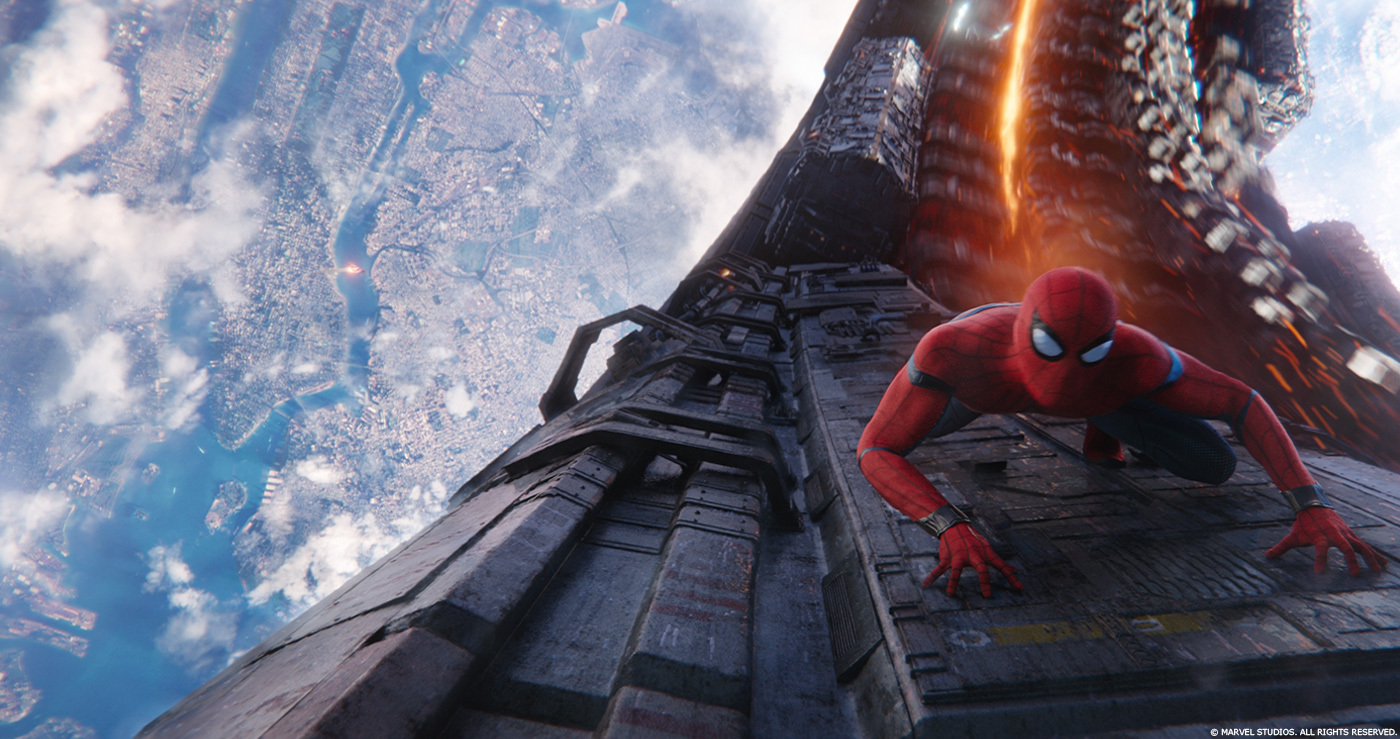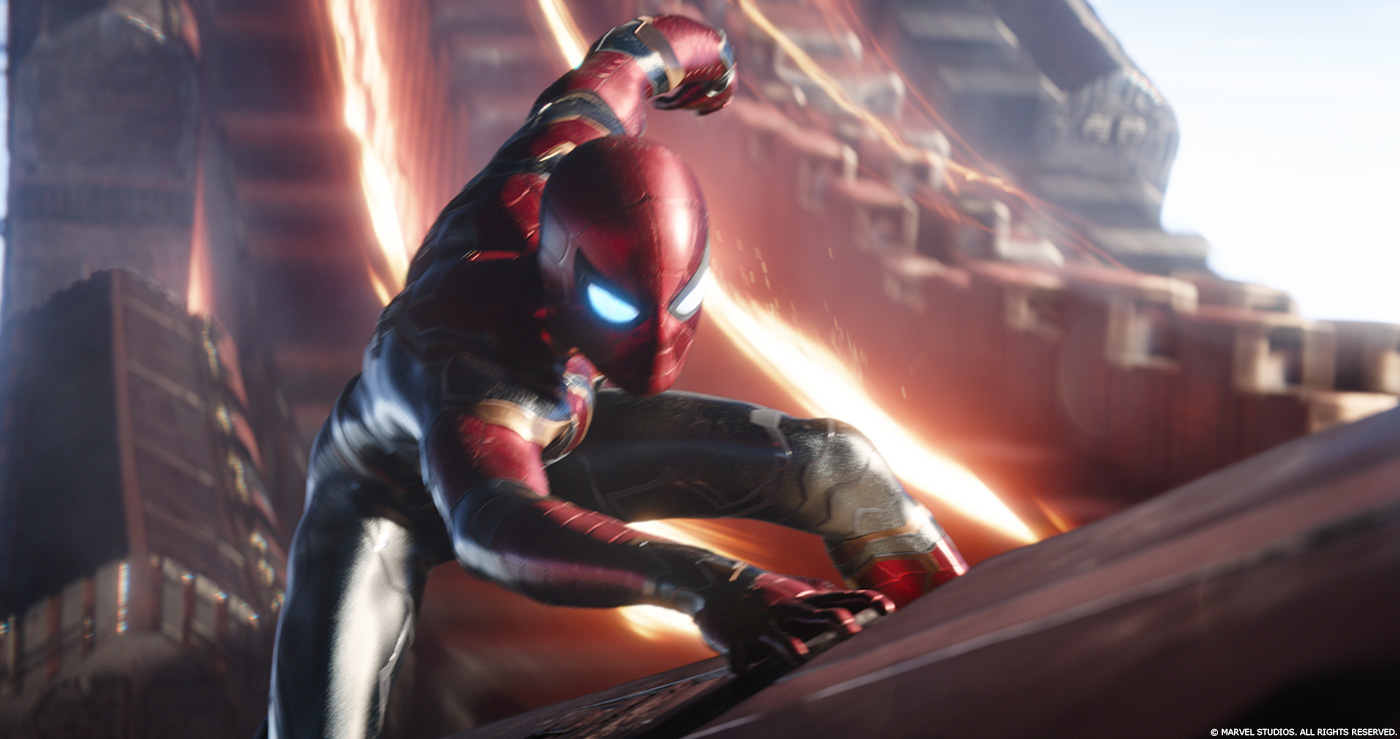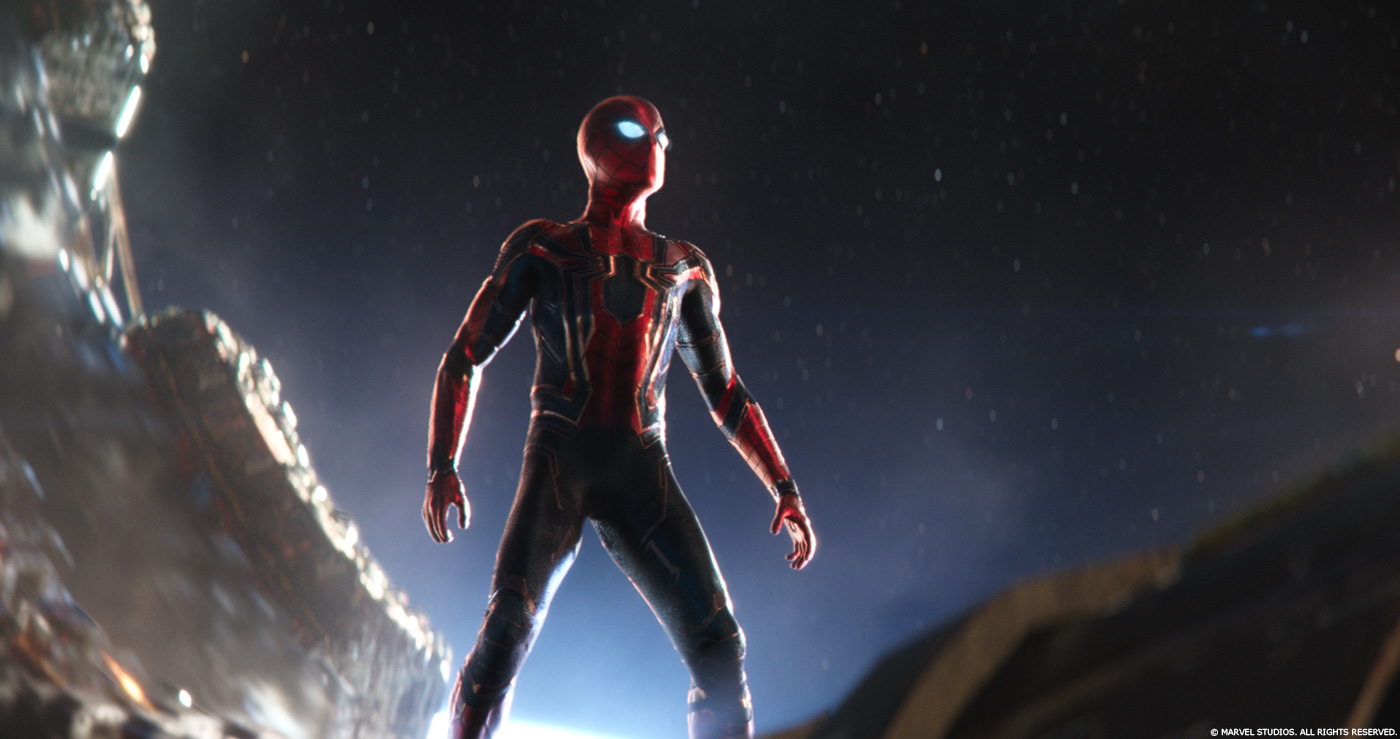Patric Roos has 20 years of experience in visual effects. He has worked in many studios like MPC, Industrial Light & Magic and DNEG before joining Framestore in 2015. He has worked on many films such as CLASH OF THE TITANS, THE AVENGERS, STAR TREK: INTO DARKNESS, GODZILLA and GUARDIANS OF THE GALAXY VOL. 2.
Liam Russell began his career in animation at Framestore in 2008. He has worked on many films such as AVATAR, 47 RONIN, GRAVITY and the two GUARDIANS OF THE GALAXY movies.
What is your background?
Patric Roos // After studying I started working in CAD assisted mechanical engineering and shifted to 3D animation in the late 1990’s.
Liam Russell // I went to art college and studied fine art. I then went to university and studied computer animation. I started as an intern working in commercials and TV before moving over to film.
I’ve been working in vfx for just over ten years now.
How did you get involved on this show?
Patric Roos // I started working on the project in May 2016. Framestore worked on developing the Black Order characters, Thanos’ henchmen in the film, along with Iron Man’s new suit and the new Spider-Man design. It was a really creative process where we started with the sculpts and designs from Marvel and then developed them together into moving vignettes in order to try find their different styles and characteristics.
Liam Russell // I’ve worked on Marvel films before and really the enjoy the work. On this occasion I was asked to take up more of a supervisory role and the chance to have my own input on the show was really exciting for me.
How did you organize the work with your VFX Producer?
Patric Roos // We had a contained chunk of work on this show which is the first 12 minutes or so of the movie so we approached it in storytelling beats much like you would in animation.
What are the sequences worked on by Framestore?
Patric Roos // Its was the NYC sequence at the beginning leading up to our heroes leaving earth.
How did you work with the art department for the Black Order characters?
Patric Roos // We worked very closely with Marvel VFX Supervisor Dan Deleeuw and the Marvel Visual development team. We started with the sculpts and artwork from Marvel and refined the looks and designs as we progressed. We used the Framestore art department to figure out the weapon designs, we worked directly in 3D to make sure we could quickly move from prototypes into shots as the heavily relied on motion to tell the story.
Can you explain in detail about the design and the creation of the Black Order?
Patric Roos // It was an interesting approach for us and I found it very successful. Based on the Marvel Visdev teams sculpts and illustrations we moved quickly into motion studies to evaluate proportions and designs while keeping in mind what the characters behaviors might be. We designed these small action sequences from scratch using illustrated boards that we would cut into animatics to present back to Dan and his team at Marvel. It became a platform to further refine their traits and specific requirements. In the end we kept developing Cull Obsidian and Ebony Maw while other vendors continued development on other characters relating to their sequences.
Can you tell us more about the facial animation of the Black Order characters?
Liam Russell // The brunt of the facial animation we took on was the character of Ebony Maw. He’s a very sinister character with immense power. This meant he had a very confident but subtle performance and his facial animation had to show this, especially during his line delivery. We had a selection of dedicated animators on the team who took up the challenge of Ebony Maws facial animation as it was important to have consistency for the sequences.
Spider-Man has a unique way in moving. How did you manage that in your animation?
Liam Russell // We were given the opportunity to bring some very dynamic poses to Spider-Man. Part of our brief was to use the original comics as reference and really try to push his animation. However while this excited the animation team we still had to remember that he has the limitations of a human character. Pushing the poses too much would not only cause rigging and modelling issues but would make the character feel too CG. Most of the team used their own reference and drawings to develop Spider-Man’s animation. We also studied Tom Holland a lot and tried to integrate his unique way of moving. All this together created the character we see in the film.
Which character was the most challenging to create and why?
Patric Roos // Iron Man was by far the most complicated for us; we needed to come up with a whole new way of describing the suit functionality when turning on and off and describing arbitrary shapes. The challenge was balancing the reality of the armored suit that could still manifest itself into different shapes, things like solidity and flexibility combined with a metallic material is challenging as it can break the realism and can take the audience out of the moment.
For the Black Order I’d say Maw, he was very reserved and we found it very challenging getting it just right. It was really down to finessing small movements and eye position / orientation.
How did you work with the SFX and stunt teams?
Patric Roos // We had lots of great reference passes shot with stunts when actions were performed on the day of shooting. There was a few heavy practical effects setups used on our shots as well, we had Cull smashing into cars, Ebony Maw cutting cars and other practical stuff to pieces. It was a very varied types of shots in the end. We had HMC footage for all the performances as well which we tracked and used as our basis for performance.
New York suffered a lot of damage during your sequences. Can you tell us more about it?
Patric Roos // We managed quite a few different types of shots for NY. All buildings and environments were CG when we see the QShip arriving. Plates shot on location in Atlanta dressed as NY then extended were used when our heroes square up with Ebony Maw and Cull. We also had aerial plates for wide shoots including when we see the Qship above NY which were plates and CG augmentation to refit Washington Sq park in and add destruction.
Which sequence or shot was the most complicated to create and why?
Patric Roos // New York was complicated for the sheer number of shots, they might look very similar but they are all pretty much one offs, so the integration of everything was quite challenging. We had some full CG park shots as well that were very heavy and creatively quite tricky.
Liam Russell // When it comes to the most complicated I’d say it was the Banner to a Hulk transformations. Marvel had a very specific idea of what they wanted and it took many people and many different iterations to come up with those final shots. The process consisted of blending the live action Banner, a CG Banner and of course a CG Hulk together. By carefully sculpting and animating each body and face shape we were able to blend seamlessly between them.
Is there something specific that really kept you up at night?
Patric Roos // Finding the look for Iron Man and Spider-Man suits for sure they needed to be just right and we chased the colours and materials for both for quite some time.
Liam Russell // The new Iron Man suit and the animation shots where we see the Nano – tech develop. The whole concept of the suit building around Tony Stark was challenge enough but one of the shots he’s walking in slow motion as the suit builds around him. Slow mo is difficult enough to animate realistically without having to consider how the suit would move with him as it grows. This took a lot of time and effort to get it working correctly and integrate it into the live action environment.
What is your favourite shot or sequence?
Patric Roos // I like the park fight between Iron Man, Spider-Man and Cull. It’s great seeing them working together and you have this easy going conversation going on as they are getting a real whopping – its easy going but with lots of energy. I’m very proud of the shots leaving earth, it looks great on the big screen.
Liam Russell // My favourite shots are in the ‘Race to Space’ sequence when Spider-Man becomes Iron Spider. Not only is the Iron Spider suit very cool but the dynamic cameras and the clever way the suit grows around him really helps to make this sequence ones of the coolest I’ve worked on.
How long have you worked on this show?
Patric Roos // 2 years.
Liam Russell // 6 months.
What was the size of your team?
Patric Roos // 160 artists.
Liam Russell // The animation team consisted of 26 artists.
What’s the VFX shot count?
253 shots.
What are the four movies that gave you the passion for cinema?
Liam Russell // GLADIATOR, PIRATES OF THE CARIBBEAN: CURSE OF THE BLACK PEARL, TOY STORY and the BACK TO THE FUTURE trilogy.
A big thanks for your time.
// WANT TO KNOW MORE?
Framestore: Dedicated page about AVENGERS: INFINITY WAR on Framestore website.
© Vincent Frei – The Art of VFX – 2018


